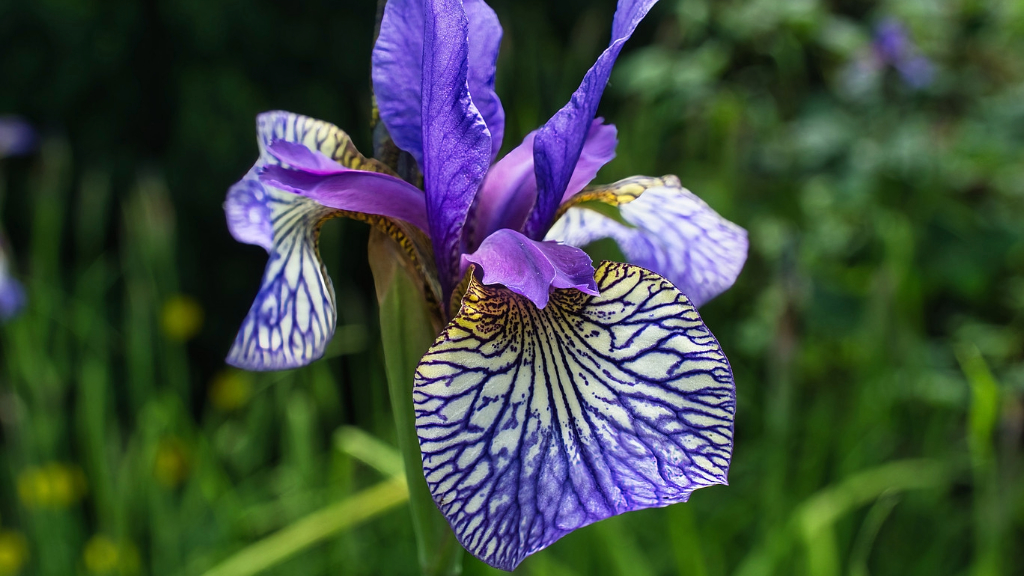Top Iris Growing Mistakes And How To Avoid Them


Iris flowers are easy to grow and require little maintenance, but they do have certain demands in order to produce an abundance of beautiful blooms. Fortunately, potential mistakes you're making with irises are easily remedied. Read on for tips I've learned along the way for avoiding iris issues.
Top Iris Growing Mistakes
Are these mistakes you're making with irises? If so, learn how to avoid them.
- Mistake No. 1: Planting Too Deep - Iris rhizomes like to be planted near the surface of the soil. Rhizomes planted too deep may not produce blooms, and worst-case scenario, they may rot. Plant the bulbs with a bit of the tops showing. If your summers are hot, cover the tops with a thin layer of soil.
- Mistake No. 2: Overcrowding - Bulbs multiply and become tightly packed in the soil. As a general rule, rhizomes should be divided every three or four years. Replant some of the rhizomes and move the others to another location, or give them to friends. Be patient; transplanted irises won't flower until the roots are well-established.
- Mistake No. 3: Too Much Nitrogen - Too much nitrogen can produce lush, beautiful leaves with few blooms, or none at all. Provide a fertilizer with an NPK ratio such as 5-10-10 at planting time. Thereafter, feed the rhizomes lightly in early spring, and again just after flowers fade. Make adjustments if the rhizomes are absorbing high-nitrogen fertilizer from your lawn.
Avoiding Iris Issues
Although planting too deep, overcrowding, and excessive nitrogen are the most common iris growing mistakes, there are other factors to consider:
- Irises need at least six hours of sunlight per day and may not flower in too much shade.
- Start with the best bulbs (rhizomes) you can afford. Rhizomes that are defective or too small may produce scanty blooms, or no blooms at all.
- Keep weeds in check, as they will draw moisture and nutrients from the rhizomes.
- Irises are drought tolerant, but they'll be stressed if they don't receive enough moisture, especially when the weather is hot and dry. On the other hand, don't overwater, as soggy conditions can result rot or fungal disease. As a general rule, water when the top 2 inches (5 cm.) of soil is dry.
- Watch for pests such as iris borers, which are usually controlled by Spinosad or Bt (bacillus thuringiensis). Aphids are a common pest, relatively easily controlled with insecticidal soap spray.
We all make mistakes in the garden now and then. That's part of the process. It's learning from those mistakes, and avoiding those same issues in the future, that counts.
Sign up for the Gardening Know How newsletter today and receive a free copy of our e-book "How to Grow Delicious Tomatoes".

A Credentialed Garden Writer, Mary H. Dyer was with Gardening Know How in the very beginning, publishing articles as early as 2007.